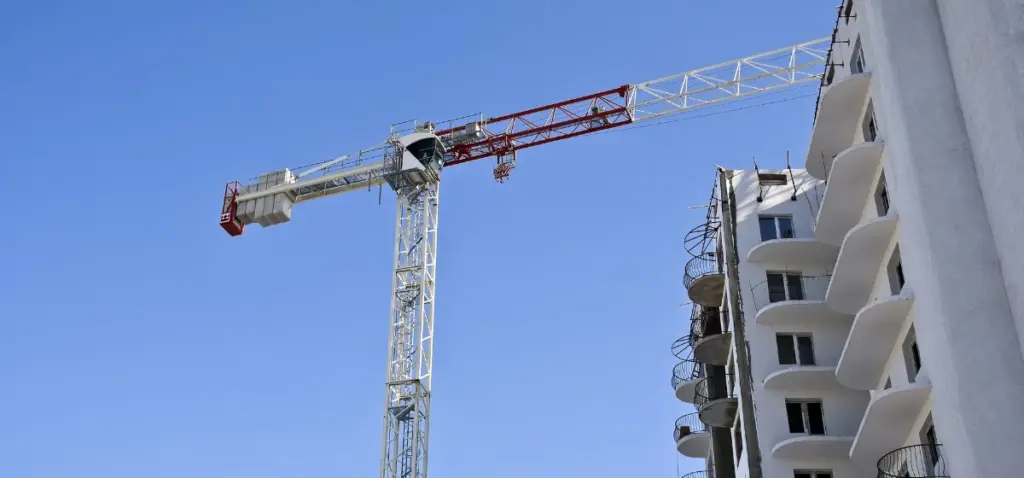Benny Lee
2 Oct 2024

Lifting operations are an integral part of various industries in Singapore, from construction and manufacturing to logistics and warehousing. These operations, while essential for productivity, can also pose significant safety risks if not conducted properly. In recent years, Singapore has witnessed several fatal accidents related to lifting operations, highlighting the urgent need for stringent safety measures and comprehensive training programs.
One such recent incident involved two workers, aged 38 & 39, who died at the Lentor Avenue North-South Corridor construction worksite along Lentor Avenue on Sep. 17. Both deceases were struck by the winch drum that was temporarily seated on two concrete blocks. This tragic event underscores the importance of adhering to workplace safety and health (WSH) regulations and best practices in lifting operations. To prevent such accidents and ensure the safety of workers, it is crucial to understand the key factors contributing to lifting-related risks and implement effective measures to mitigate them.
This article will delve into the critical aspects of lifting operations and safety in Singapore. We will discuss the role of lifting supervisors, riggers, and signalmen in ensuring safe operations, the importance of comprehensive training programs, and the significance of adhering to WSH regulations and best practices. By understanding these factors, we can collectively work towards creating a safer working environment for all.
Lifting operations involve the use of machinery or equipment to move heavy objects from one location to another. In Singapore, these operations are prevalent across various industries, including construction, manufacturing, logistics, and warehousing. Common lifting equipment used in the country includes cranes, hoists, forklifts, and other specialized machinery.
To ensure safe and efficient lifting operations, it is essential to understand the roles of different personnel involved. Lifting supervisors are responsible for overseeing and coordinating lifting activities, ensuring that all safety procedures are followed. Riggers are skilled workers who specialize in rigging and un-rigging heavy loads, using various techniques and equipment. Signalmen communicate hand signals to crane operators, guiding the movement of the crane and ensuring the safety of workers and equipment.
The successful execution of lifting operations relies on a combination of factors, including:
Adherence to safety regulations: Compliance with relevant WSH regulations and industry standards is crucial for ensuring the safety of workers and preventing accidents.
The Business-to-Customer business model is concerned with the retail components of eCommerce. It is the sale of produ
A lifting supervisor course is crucial for individuals involved in overseeing and coordinating lifting operations. These courses provide essential knowledge and skills to ensure the safe and efficient execution of lifting activities. Key benefits of attending a lifting supervisor course include:
cts or services to the final consumer using digital means. The service, which has taken the corporate world by storm, allows customers to look closely at their potential purchases before making a purchase.
The business accepting the order will provide the item to the consumer within a reasonable timeframe. Well-known firms in this model include Netflix, Flipkart, Amazon, and others.
B2C e-Commerce can be a standalone website for online sales or a digital extension of a physical business. Through online sales, anyone can hope to expand the customer base and awareness of the company. B2C sales to consumers generate revenue.
A lifting plan is a detailed document that outlines the procedures, equipment requirements, and safety measures necessary for a specific lifting operation. It serves as a roadmap for ensuring the safe and efficient execution of the task.
A typical lifting plan includes the following components:
Developing a comprehensive lifting plan is crucial for ensuring the safety and efficiency of lifting operations. By following the guidelines outlined in the plan, organizations can minimize the risk of accidents and ensure that all personnel involved in the operation are aware of their responsibilities and the potential hazards.
Lifting operations are an integral part of various industries in Singapore, but they also pose significant safety risks if not conducted properly. To ensure the safety of workers and prevent accidents, it is essential to adhere to WSH regulations and best practices.
A comprehensive approach to lifting safety involves:
By implementing these measures, organizations can create a safer and more efficient working environment for their employees and contribute to the overall safety culture in Singapore.
Privacy Notice
This site uses cookies to offer you a better browsing experience. By continuing to browse this site, you agree to our use of cookies. Learn more in our Privacy Policy.